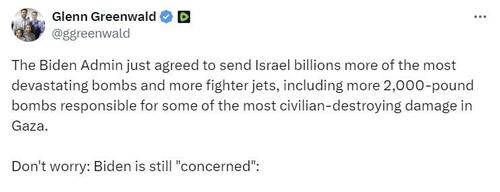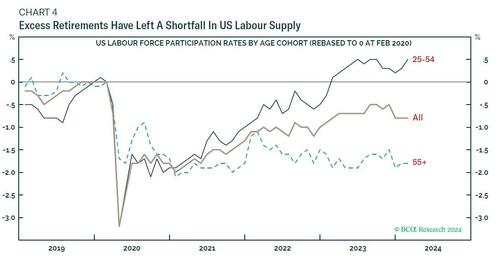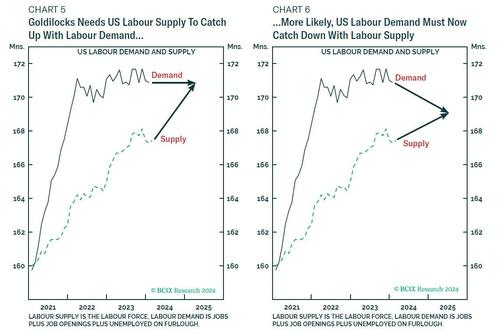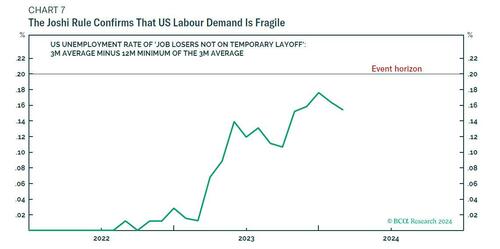More stocks joined in the rally during the first quarter, helping to compensate for some weakness in Big Tech. This suggests the rally will continue, analysts say.
More individual stocks pitched in to help drive the S&P 500 index to record highs during the first quarter, rebutting skeptics' concerns that the market's gains were too narrow to endure.
Data provided to MarketWatch by Carson Group's Ryan Detrick showed the number of S&P 500 stocks trading at 52-week highs recently peaked at 118, the highest in three years, and a clear sign that market breadth has continued to improve.
Also, more index members are entering long-term uptrends, as the percentage trading north of their 200-day moving average topped 83% on Thursday, the highest since August 2021, according to Dow Jones Market Data.
Magnificent 7's influence wanes
Just because more stocks are contributing to the rally doesn't mean investors are giving up on Big Tech though. Data show megacap technology stocks have continued to contribute mightily to the index's advance this year, even if their influence has waned since 2023.
Taken together, the Magnificent Seven were responsible for 37% of the S&P 500's 10.2% first-quarter gain, according to data from Howard Silverblatt, senior index analyst at S&P Global Indices. That is less than in 2023, when the seven stocks drove roughly two-thirds of the index's advance, according to Dow Jones Market Data.
But if one strips out shares of Apple Inc., Tesla Inc. and Alphabet Inc., the contribution of the remaining four members of the group swells to 47%, according to data from Silverblatt. The longtime analyst dubbed these "the Gang of Four" - Nvidia Corp. (NVDA), Microsoft Corp. (MSFT), Meta Platforms Inc. (META) and Amazon.com Inc. (AMZN)
Apple Inc. (AAPL) and Tesla Inc. (TSLA) have each declined by double digits since the start of the year, while Alphabet Inc.'s Class A and Class C shares have trailed the S&P 500.
As a group, the Magnificent Seven appeared to stall in March, as they underperformed the S&P 500 by the most since December. The group rose just 1.6% on a market-cap-weighted basis, compared with the 3.1% advance for the index, according to Dow Jones Market Data.
"The Magnificent Seven are falling apart, with Apple and Tesla clearly suffering, but the growth is encompassing more stocks," said Alex Kuptsikevich, senior market analyst at FxPro, in a note.
It wasn't just Apple and Tesla weighing on the group's performance last month: Amazon and Meta also lagged the S&P 500.
But even without as much help from Big Tech, the S&P 500 still managed to log its 22nd record closing high of 2024 on Thursday, the final trading day of the month and quarter, according to FactSet data.
Cyclical sectors are picking up the slack
While Big Tech is slowing, cyclical sectors like industrials, financials and energy stocks are picking up the slack.
These three sectors, along with information technology and communications services, outperformed the S&P 500 during the first quarter. That's up from just three sectors outperforming the index in 2023.
Expanding market leadership is exactly what Carson Group's Detrick had hoped to see this year following the S&P 500's 24.2% advance in 2023.
"The lifeblood of a bull market is rotation. Clearly, we've seen rotation out of some of the highflying tech names and into some of the cyclicals," Detrick said during an interview with MarketWatch.
And the fact that so many cyclical sectors - which tend to outperform when the economy is chugging along - have recently risen into record territory bodes well for the rally, said Bret Kenwell, a U.S. equity strategist at eToro.
Financials, industrials, materials, three sectors typically classified as cyclicals, have all notched records in 2024, as have healthcare stocks, which are typically classified as defensive. Information technology stocks are also trading in record territory.
"It's never bearish to see industrials and financials at new highs," Kenwell said.
Analysts eye small- and midcap stocks next
As the Federal Reserve moves closer to cutting interest rates, some portfolio managers expect mid- and small-caps, which were some of the biggest beneficiaries of the "everything rally" in November and December, could soon retake the lead.
For its part, the S&P Mid Cap 400 index MID has already come close. The index closed at 3,046.36 on Friday, a record high, according to FactSet data. Its 9.5% since the start of the year is nearly on par with the S&P 500.
But small-caps have continued to lag. The Russell 2000, an index of small-cap names, is still trading 12% below its record close from November 2021, according to FactSet data. The Russell 2000 RUT finished March at 2,124, a 3.2% gain for the month, bringing its year-to-date advance to 4.8%.
"Small-caps will need the Fed cutting interest rates decisively," said Barbara Reinhard, chief investment officer of Voya Investment Management's multiasset strategies and solutions platform.
The next marquee event for markets is due this coming Friday with the release of the March nonfarm payrolls report from the Labor Department. Economists polled by The Wall Street Journal expect 200,000 jobs to have been created, compared with 275,000 last month.
The Dow Jones Industrial Average DJIA rose by 810.99 points, or 2.1%, in March to finish at 39,807 on day Thursday, setting its 17th record high of 2024. The S&P 500 gained 158.08 points, or 3.1%, to 5,254.35, its 22nd record high, according to FactSet data. The Nasdaq Composite COMP gained 287.54 points, or 1.8%, to 16,379.
https://www.morningstar.com/news/marketwatch/20240331164/the-magnificent-7-are-no-longer-the-only-stocks-driving-sp-500-to-record-highs








